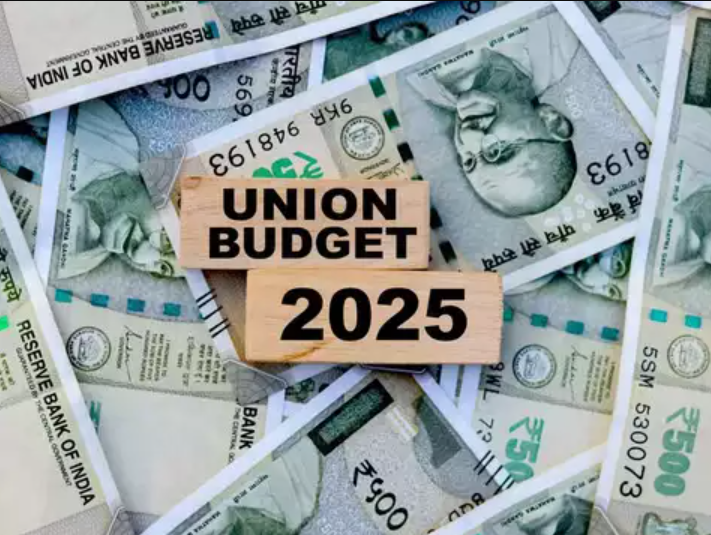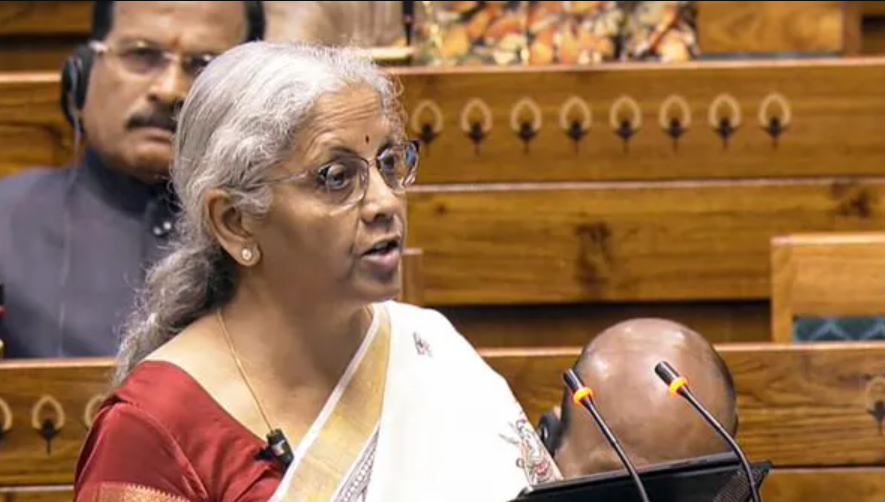
Union Budget 2025: Finance Minister Nirmala Sitharaman presented the Union Budget 2025-26, outlining key priorities to accelerate economic growth, ensure inclusive growth, support industries, and boost domestic sentiment. The budget also emphasized on increasing the spending power for India’s growing middle class. He said, “The Union Budget 2025-26 aims to: a. accelerate growth b. ensure inclusive growth c. boost society and industry d. uplift domestic sentiment and e. increase spending on power of India’s emerging middle class.
Last year, Sitharaman announced a cut in customs duty on gold, silver, platinum and other items. The major changes included a reduction in duty on mobiles, cancer drugs and certain minerals.

Items that have become cheaper:
Mobile phones: 28 additional items for mobile phone battery production will come under the list of exempted capital goods.
36 life-saving drugs and medicines will be added to the list of medicines fully exempted from basic customs duty.
EV batteries
Frozen fish paste (surimi): Customs duty on frozen fish paste (surimi) will be reduced from 30% to 5% for the manufacture and export of its analogue products.
Wet blue leather
Carrier-grade Ethernet switches
12 critical minerals
Open cell
For ships Basic customs duty exempted for next 10 years on raw materials for manufacturing.
Marine products
Cobalt products
LEDs
Zinc, lithium-ion battery scrap
Items that have become expensive:
The Economic Survey 2024-25 tabled in both Houses by the Finance Minister estimated that India’s GDP would grow in the range of 6.3-6.8 per cent in FY26, much lower than the growth required to become a developed country, and deregulation and reforms in sectors such as land and labour are needed to stimulate growth.
It indicated that India’s world-class growth is slowing down and more is needed to achieve the developed India target by 2047.
The growth rate of 6.3-6.8 per cent in FY25-26 can be compared with the estimated 6.4 per cent growth in the current year ending March 31 – the lowest since the pandemic struck – and 8.2 per cent in FY2023-24.



